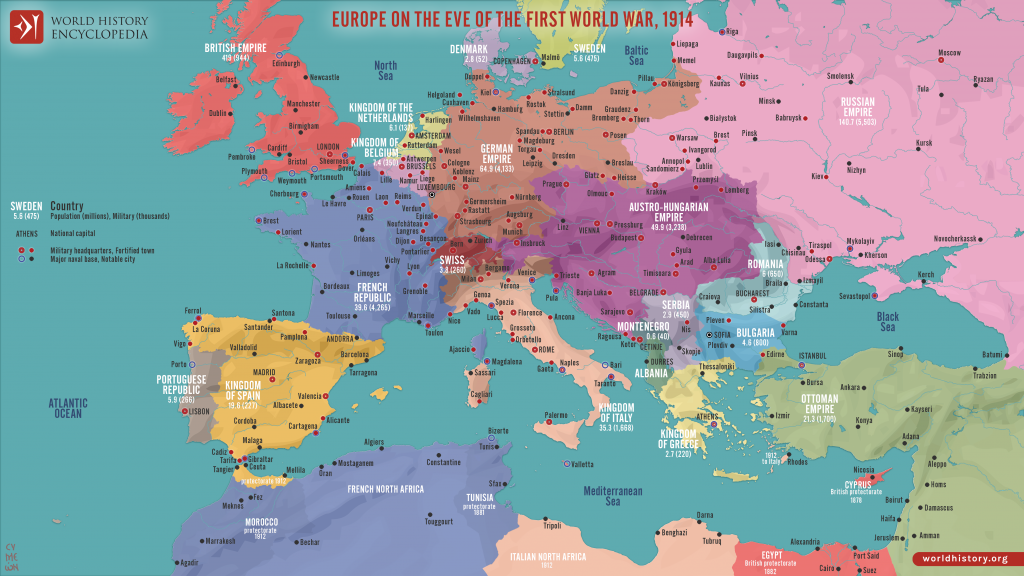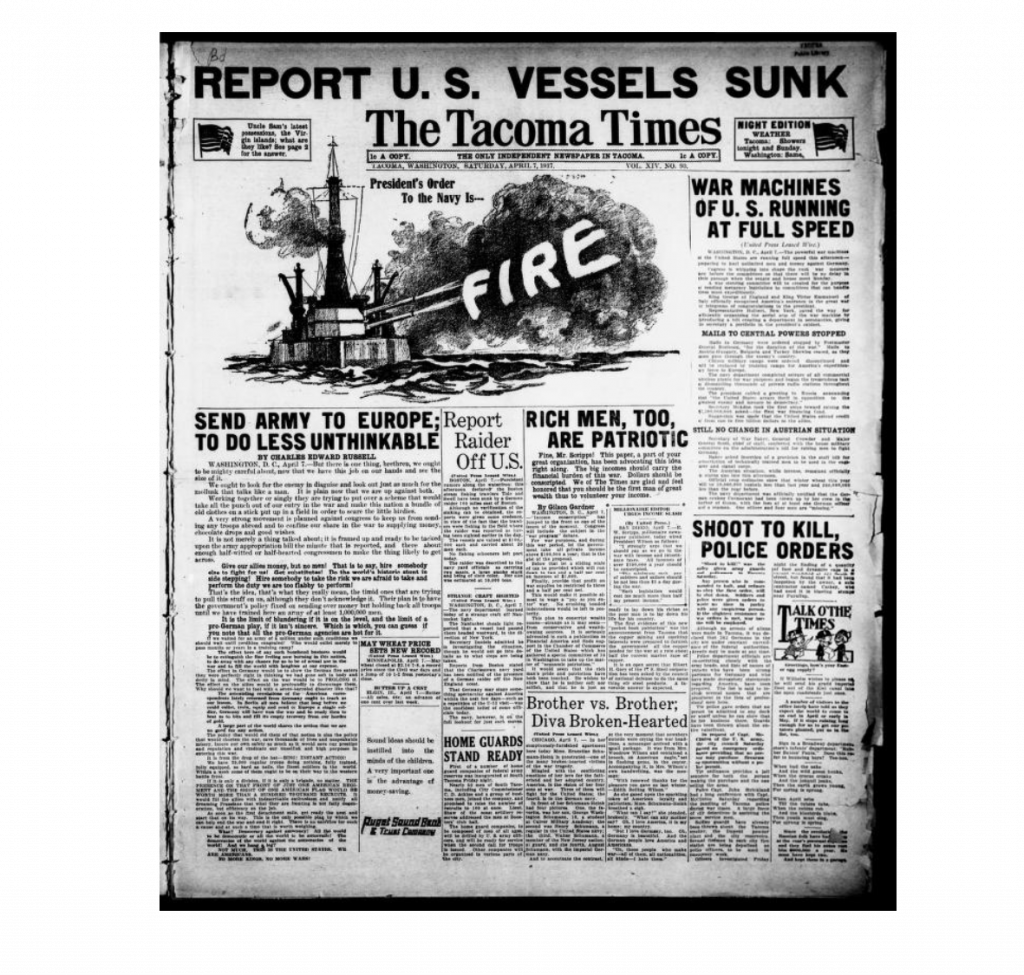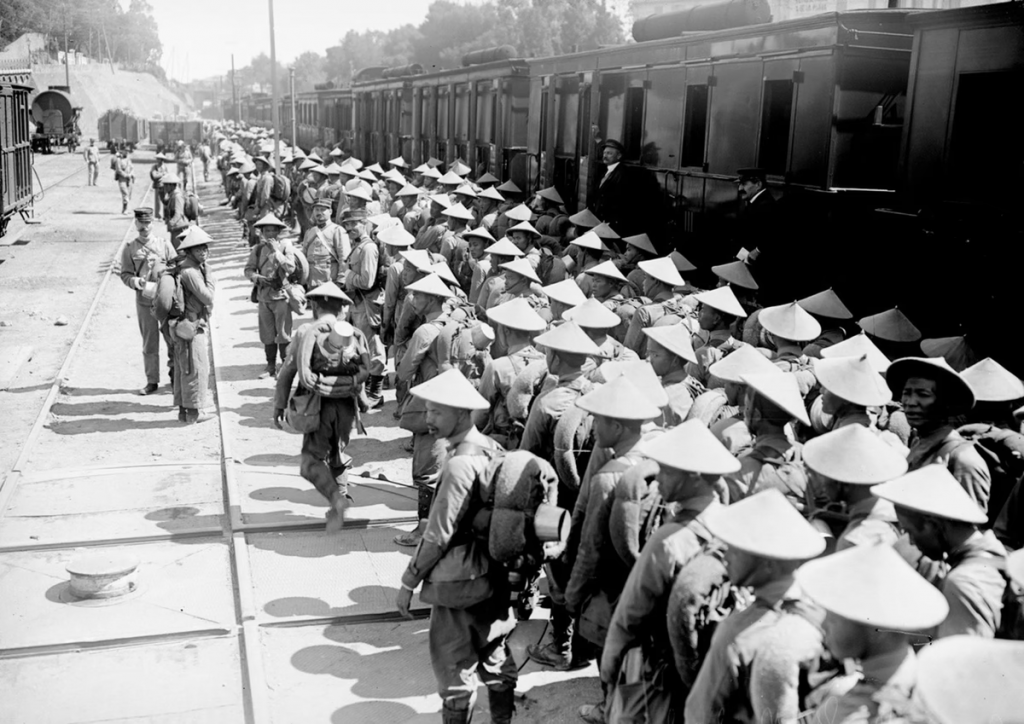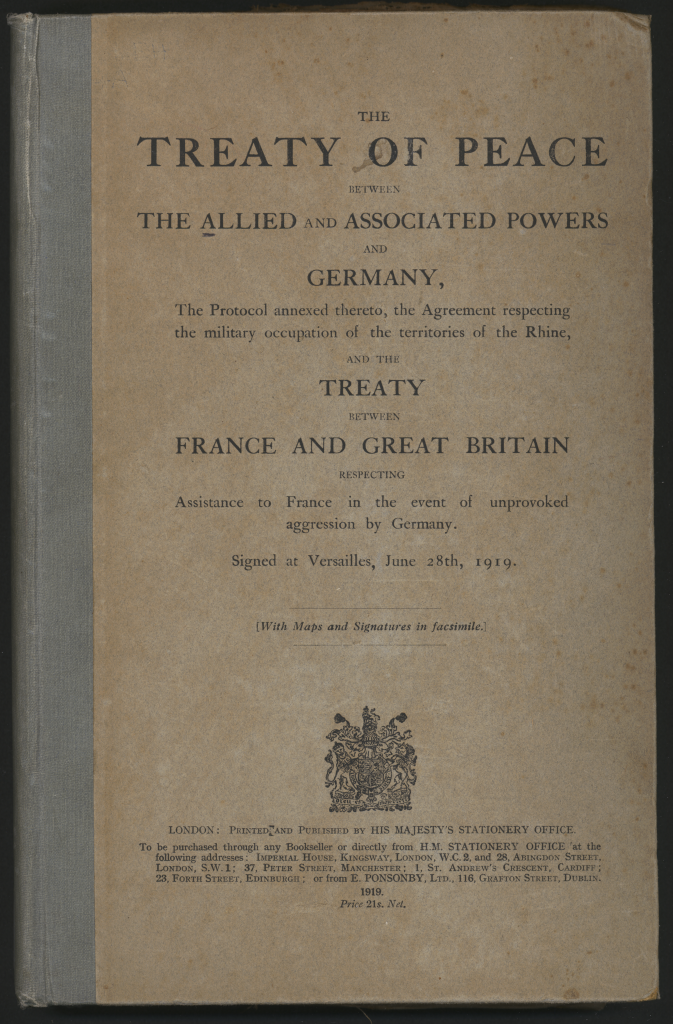The Tensions of Europe
By 1914, Europe was a continent on edge. Nationalistic fervor, militarism, and a complex web of alliances created an environment ripe for conflict. The major powers of Europe were engaged in an arms race, and tensions were high as countries sought to expand their influence and protect their interests.

Image: Map of Europe in 1914, showing the complex alliances and rivalries.
The Spark: Assassination of Archduke Franz Ferdinand
The immediate spark that ignited World War I was the assassination of Archduke Franz Ferdinand of Austria-Hungary and his wife, Sophie, in Sarajevo on June 28, 1914. The assassin, Gavrilo Princip, was a member of a Serbian nationalist group. This event set off a chain reaction of diplomatic crises and ultimatums.

Image: The assassination of Archduke Franz Ferdinand and Sophie in Sarajevo.
The July Crisis
The assassination led to the July Crisis, a month of intense diplomatic maneuvering. Austria-Hungary, backed by Germany, issued an ultimatum to Serbia. When Serbia’s response failed to satisfy all demands, Austria-Hungary declared war on Serbia on July 28, 1914.

Image: Newspapers from July 1914 reporting on the escalating tensions and declarations of war.
The Domino Effect
The complex system of alliances quickly drew other nations into the conflict. Russia mobilized to support Serbia, prompting Germany to declare war on Russia. Germany then declared war on Russia’s ally, France, and invaded Belgium to reach France. This violation of Belgian neutrality led Britain to declare war on Germany.

Image: A diagram showing the alliances and how they led to a wider conflict.
The Great War Begins
By August 1914, much of Europe was at war. The conflict, initially expected to be short, quickly escalated into a prolonged and devastating global war. The major fronts were established, with the Western Front in France and Belgium, and the Eastern Front in Russia.

Image: Soldiers marching to the front lines at the beginning of World War I.
Trench Warfare
World War I is often remembered for its brutal trench warfare. Soldiers on the Western Front dug extensive networks of trenches, where they faced horrific conditions, including mud, rats, and constant artillery bombardment. The war became a stalemate, with neither side able to achieve a decisive victory.

Image: Soldiers in the trenches on the Western Front.
A Global Conflict
While the war started in Europe, it soon involved nations from around the world. Colonies and dominions of the European powers contributed troops and resources. Battles were fought in Africa, the Middle East, and Asia, making World War I a truly global conflict.



Image: Troops from various nations participating in World War I.
The Human Cost
The human cost of World War I was staggering. Millions of soldiers and civilians lost their lives, and entire regions were devastated. The war also saw the use of new and deadly technologies, including machine guns, poison gas, and tanks, which increased the scale of the carnage.

Image: A cemetery for soldiers who lost their lives in World War I.
The Legacy of World War I
World War I had profound and lasting effects. It led to the fall of empires, redrew national boundaries, and set the stage for significant political and social changes. The Treaty of Versailles in 1919 officially ended the war but also sowed the seeds for future conflicts, including World War II.

Image: The signing of the Treaty of Versailles, which ended World War I but left unresolved tensions.
Remembering the Great War
Today, the memory of World War I is preserved through memorials, museums, and educational programs. Sites like the Flanders Fields in Belgium and the Imperial War Museum in London help us remember the sacrifices made and the lessons learned from this devastating conflict.

Image: A memorial dedicated to the soldiers who fought in World War I.




